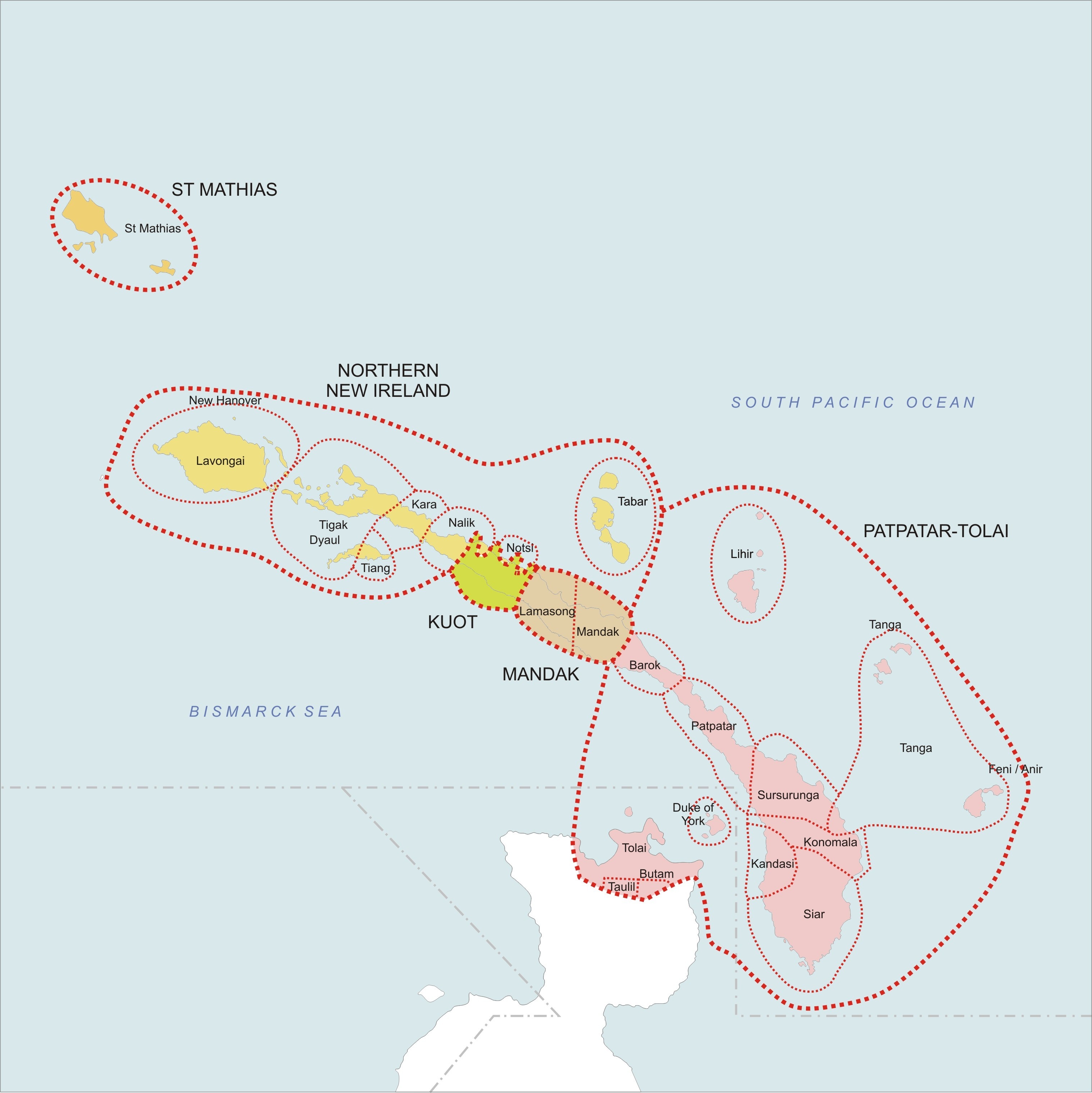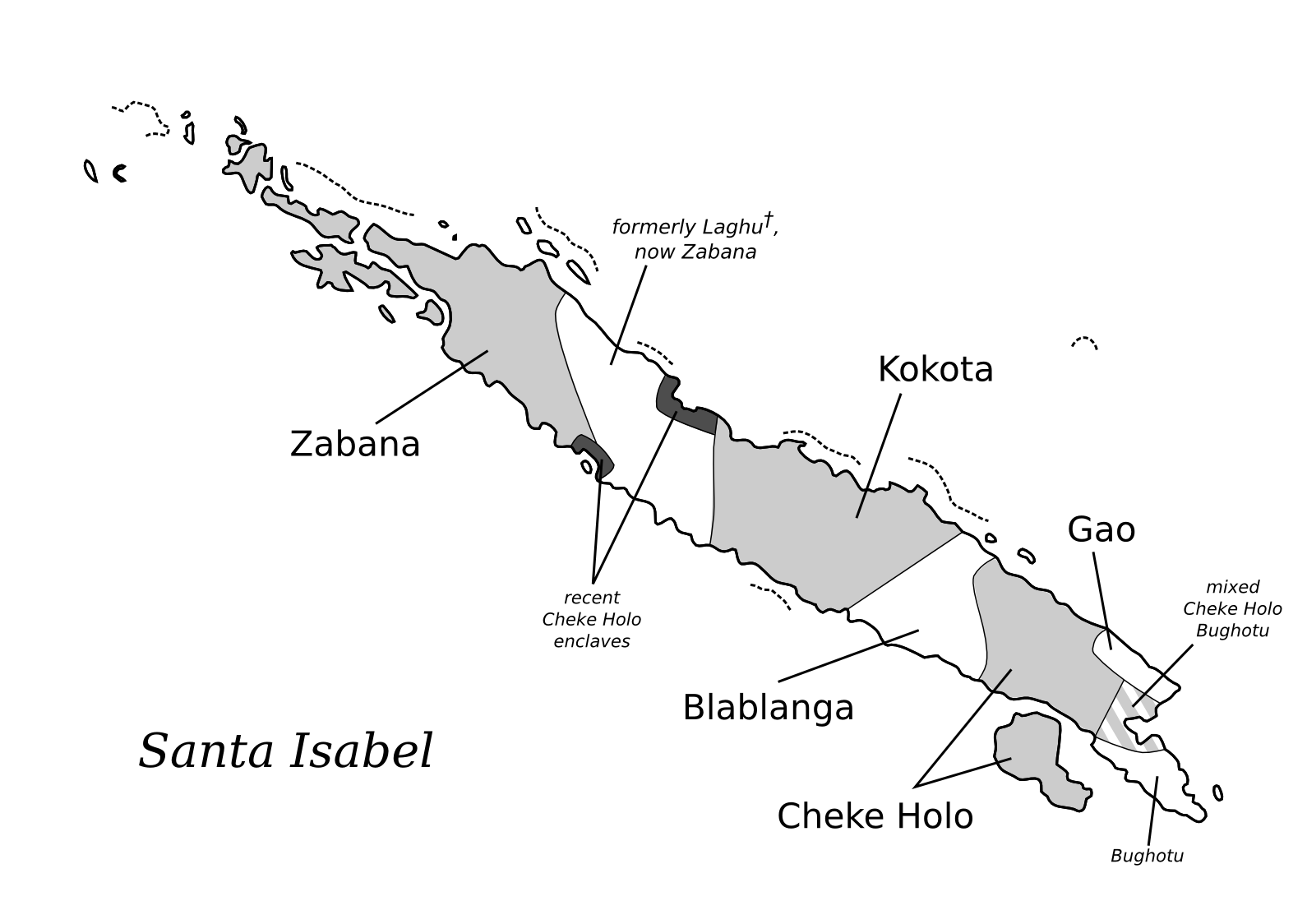|
Hahon Language
Hahon is an Austronesian language of Bougainville, Papua New Guinea. References External links * ELAR archive oHahon language documentation materials* Materials on Hahon are included in the open access Arthur Capell collectionsAC2 held by Paradisec The Pacific and Regional Archive for Digital Sources in Endangered Cultures (PARADISEC) is a cross-institutional project that supports work on endangered languages and cultures of the Pacific and the region around Australia. They digitise reel-to .... Northwest Solomonic languages Languages of Papua New Guinea Languages of the Autonomous Region of Bougainville {{MesoMelanesian-lang-stub ... [...More Info...] [...Related Items...] OR: [Wikipedia] [Google] [Baidu] |
Papua New Guinea
Papua New Guinea (abbreviated PNG; , ; tpi, Papua Niugini; ho, Papua Niu Gini), officially the Independent State of Papua New Guinea ( tpi, Independen Stet bilong Papua Niugini; ho, Independen Stet bilong Papua Niu Gini), is a country in Oceania that comprises the eastern half of the island of New Guinea and its offshore islands in Melanesia (a region of the southwestern Pacific Ocean north of Australia). Its capital, located along its southeastern coast, is Port Moresby. The country is the world's third largest island country, with an area of . At the national level, after being ruled by three external powers since 1884, including nearly 60 years of Australian administration starting during World War I, Papua New Guinea established its sovereignty in 1975. It became an independent Commonwealth realm in 1975 with Elizabeth II as its queen. It also became a member of the Commonwealth of Nations in its own right. There are 839 known languages of Papua New Guinea, one of ... [...More Info...] [...Related Items...] OR: [Wikipedia] [Google] [Baidu] |
Bougainville Island
Bougainville Island (Tok Pisin: ''Bogenvil'') is the main island of the Autonomous Region of Bougainville, which is part of Papua New Guinea. It was previously the main landmass in the German Empire-associated North Solomons. Its land area is . The population of the whole province, including nearby islets such as the Carterets, is approximately 300,000 (2019 census). The highest point is Mount Balbi, on the main island, at . The much smaller Buka Island, , lies to the north, across the wide Buka Strait. Even though the strait is narrow, there is no bridge across it, but there is a regular ferry service between the key settlements on either side. The main airport (or airstrip) in the north is in the town of Buka. Bougainville is the largest island in the Solomon Islands archipelago. Most of the islands in this archipelago (which are primarily concentrated in the southern and eastern portions of it) are part of the politically independent Solomon Islands. Two of these islands ... [...More Info...] [...Related Items...] OR: [Wikipedia] [Google] [Baidu] |
Malayo-Polynesian Languages
The Malayo-Polynesian languages are a subgroup of the Austronesian languages, with approximately 385.5 million speakers. The Malayo-Polynesian languages are spoken by the Austronesian peoples outside of Taiwan, in the island nations of Southeast Asia (Indonesian and Philippine Archipelago) and the Pacific Ocean, with a smaller number in continental Asia in the areas near the Malay Peninsula. Cambodia, Vietnam and the Chinese island Hainan serve as the northwest geographic outlier. Malagasy, spoken in the island of Madagascar off the eastern coast of Africa in the Indian Ocean, is the furthest western outlier. The languages spoken south-westward from central Micronesia until Easter Island are sometimes referred to as the Polynesian languages. Many languages of the Malayo-Polynesian family show the strong influence of Sanskrit and Arabic, as the western part of the region has been a stronghold of Hinduism, Buddhism, and, later, Islam. Two morphological characteristics of the M ... [...More Info...] [...Related Items...] OR: [Wikipedia] [Google] [Baidu] |
Oceanic Languages
The approximately 450 Oceanic languages are a branch of the Austronesian languages. The area occupied by speakers of these languages includes Polynesia, as well as much of Melanesia and Micronesia. Though covering a vast area, Oceanic languages are spoken by only two million people. The largest individual Oceanic languages are Eastern Fijian with over 600,000 speakers, and Samoan with an estimated 400,000 speakers. The Gilbertese (Kiribati), Tongan, Tahitian, Māori, Western Fijian and Tolai (Gazelle Peninsula) languages each have over 100,000 speakers. The common ancestor which is reconstructed for this group of languages is called Proto-Oceanic (abbr. "POc"). Classification The Oceanic languages were first shown to be a language family by Sidney Herbert Ray in 1896 and, besides Malayo-Polynesian, they are the only established large branch of Austronesian languages. Grammatically, they have been strongly influenced by the Papuan languages of northern New Guinea, but they ... [...More Info...] [...Related Items...] OR: [Wikipedia] [Google] [Baidu] |
Western Oceanic Languages
The Western Oceanic languages is a linkage of Oceanic languages, proposed and studied by . Classification The West Oceanic linkage is made up of three sub-linkages:. * North New Guinea linkage * Meso-Melanesian linkage * Papuan Tip linkage The center of dispersal was evidently near the Willaumez Peninsula The Willaumez Peninsula is located on the north coast of New Britain in the West New Britain Province. It was named after Jean-Baptiste Philibert Willaumez Jean-Baptiste Philibert Willaumez (7 August 1763 – 17 May 1845) was a French sailor, ... on the north coast of New Britain. Notes References * * {{Austronesian languages Oceanic languages ... [...More Info...] [...Related Items...] OR: [Wikipedia] [Google] [Baidu] |
Meso-Melanesian Languages
The Meso-Melanesian languages are a Linkage (linguistics), linkage of Oceanic languages spoken in the large Melanesian islands of New Ireland and the Solomon Islands east of New Guinea. Uneapa language, Bali is one of the most conservative languages. Composition The languages group as follows: *Willaumez Peninsula, Willaumez linkage: Bola language (Austronesian), Bola, Bulu language (Oceanic), Bulu, Meramera language, Meramera, Nakanai language, Nakanai *Bali–Vitu: Uneapa language, Bali (Uneapa), Vitu language, Vitu (Muduapa) [may be a single language] *New Ireland – Northwest Solomonic linkage **Tungag–Nalik family: Tigak language, Tigak, Tungag language, Tungag, Nalik language, Nalik, Laxudumau language, Laxudumau, Kara language (Papua New Guinea), Kara, Tiang language, Tiang **Tabar linkage: Mandara language, Madara (Tabar), Lihir language, Lihir, Notsi language, Notsi **Madak linkage: Barok language, Barok, Lavatbura-Lamusong language, Lavatbura-Lamusong, Madak langua ... [...More Info...] [...Related Items...] OR: [Wikipedia] [Google] [Baidu] |
Northwest Solomonic Languages
The family of Northwest Solomonic languages is a branch of the Oceanic languages. It includes the Austronesian languages of Bougainville and Buka in Papua New Guinea, and of Choiseul, New Georgia, and Santa Isabel (excluding Bugotu) in Solomon Islands. The unity of Northwest Solomonic and the number and composition of its subgroups, along with its relationship to other Oceanic groups, was established in pioneering work by Malcolm Ross. Languages Northwest Solomonic languages group as follows: * Nehan – North Bougainville linkage ** Nehan (Nissan) **Saposa–Tinputz: Hahon, Ratsua, Saposa (Taiof)– Teop, Tinputz **Buka: Halia– Hakö, Petats ** Papapana ** Solos * Piva–Bannoni family: Piva (Lawunuia), Bannoni * Mono–Uruavan family: Mono-Alu, Torau, Uruava *Choiseul linkage: Babatana (including Sisingga)– Ririo, Vaghua– Varisi *New Georgia – Ysabel family **New Georgia linkage: Simbo (Simbo Island), Roviana– Kusaghe, Marovo, Hoava, Vangunu ... [...More Info...] [...Related Items...] OR: [Wikipedia] [Google] [Baidu] |
Nehan–Bougainville Languages
The family of Northwest Solomonic languages is a branch of the Oceanic languages. It includes the Austronesian languages of Bougainville and Buka in Papua New Guinea, and of Choiseul, New Georgia, and Santa Isabel (excluding Bugotu) in Solomon Islands. The unity of Northwest Solomonic and the number and composition of its subgroups, along with its relationship to other Oceanic groups, was established in pioneering work by Malcolm Ross. Languages Northwest Solomonic languages group as follows: * Nehan – North Bougainville linkage ** Nehan (Nissan) **Saposa–Tinputz: Hahon, Ratsua, Saposa (Taiof)– Teop, Tinputz **Buka: Halia– Hakö, Petats ** Papapana ** Solos * Piva–Bannoni family: Piva (Lawunuia), Bannoni * Mono–Uruavan family: Mono-Alu, Torau, Uruava *Choiseul linkage: Babatana (including Sisingga)– Ririo, Vaghua– Varisi *New Georgia – Ysabel family **New Georgia linkage: Simbo (Simbo Island), Roviana– Kusaghe, Marovo, Hoava, Vangunu ... [...More Info...] [...Related Items...] OR: [Wikipedia] [Google] [Baidu] |
Saposa–Tinputz Languages
The family of Northwest Solomonic languages is a branch of the Oceanic languages. It includes the Austronesian languages of Bougainville and Buka in Papua New Guinea, and of Choiseul, New Georgia, and Santa Isabel (excluding Bugotu) in Solomon Islands. The unity of Northwest Solomonic and the number and composition of its subgroups, along with its relationship to other Oceanic groups, was established in pioneering work by Malcolm Ross. Languages Northwest Solomonic languages group as follows: * Nehan – North Bougainville linkage ** Nehan (Nissan) **Saposa–Tinputz: Hahon, Ratsua, Saposa (Taiof)– Teop, Tinputz **Buka: Halia– Hakö, Petats ** Papapana ** Solos * Piva–Bannoni family: Piva (Lawunuia), Bannoni * Mono–Uruavan family: Mono-Alu, Torau, Uruava *Choiseul linkage: Babatana (including Sisingga)– Ririo, Vaghua– Varisi *New Georgia – Ysabel family **New Georgia linkage: Simbo (Simbo Island), Roviana– Kusaghe, Marovo, Hoava, Vangunu ... [...More Info...] [...Related Items...] OR: [Wikipedia] [Google] [Baidu] |
Arthur Capell
Arthur Capell (28 March 1902 – 10 August 1986) was an Australian linguist, who made major contributions to the study of Australian languages, Austronesian languages and Papuan languages. Early life Capell was born in Newtown, New South Wales in 1902, the only child of Sarah Ann (née Scott) and her husband, Henry Capell. He attended North Sydney Boys' High School. Career Capell graduated from the Sydney Teachers' College in Modern Languages in 1922 and the University of Sydney in the same year as the University medallist in Classics. He taught in high schools for three years at Canterbury Boys' Intermediate High and Tamworth High School. He was then ordained deacon in 1925 and priest in 1926 in the Church of England in Australia. He worked in Newcastle for a decade, as Curate, St Peter's, Hamilton (1926–28); Priest-in-Charge, All Saints, Belmont (1928–29); as a teacher at Broughton School for Boys in Newcastle (1929–32), where he was introduced to the anthropologist ... [...More Info...] [...Related Items...] OR: [Wikipedia] [Google] [Baidu] |
Paradisec
The Pacific and Regional Archive for Digital Sources in Endangered Cultures (PARADISEC) is a cross-institutional project that supports work on endangered languages and cultures of the Pacific and the region around Australia. They digitise reel-to-reel field tapes, have a mass data store and use international standards for metadata description. PARADISEC is part of the worldwide community of language archives (Delaman and the Open Language Archives Community). PARADISEC's main motivation is to ensure that unique recordings of small languages are themselves preserved for the future, and that researchers consider the future accessibility to their materials for other researchers, community members, or anyone who has an interest in such materials. Vanishing voices As the number of small languages in the world is reduced by many factors (urbanisation, colonial policies, the speakers' desire to learn languages which give access to resources), the tapes which may be their only record beco ... [...More Info...] [...Related Items...] OR: [Wikipedia] [Google] [Baidu] |


